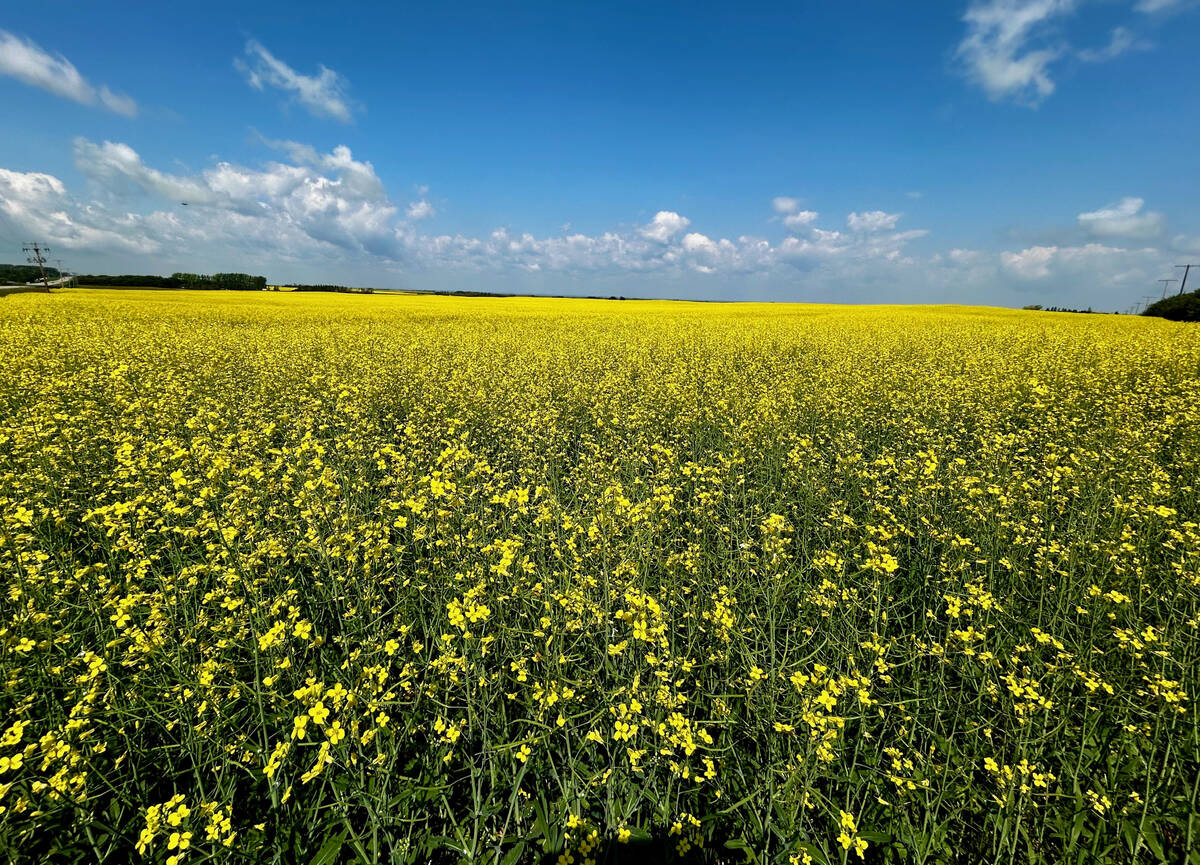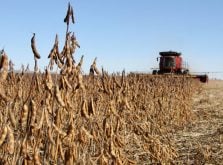A lot of canola went into bins well above the safe long-term storage level of eight percent moisture, says Jim Bessel, an agronomist with the Canola Council of Canada.
“Combined with the current fluctuating air temperatures, there’s a much higher probability that hot spots will develop in your canola. The hot spots will cause spoilage due to mould growth,” he said.
“Heating also stimulates insect infestations and further spoilage. Spoiled, heated and bin-burned canola seed will be degraded. In severe cases of heating, the canola can self-ignite.”
Read Also

Pakistan reopens its doors to Canadian canola
Pakistan reopens its doors to Canadian canola after a three-year hiatus.
To avoid storage losses, probe binned canola for signs of heating. If a hot spot is detected, immediately remove or turn the canola.
“Let it sit for at least a couple of hours and then auger it back into the bin,” Bessel said. This will break the heating cycle. Aeration can also be used. Cool the canola to at least zero C.
Bins should be checked every day if heating has been detected and outside air temperatures continue to fluctuate, especially on days when the temperature gets well above freezing.
The cooler the seed and the lower its moisture content, the less likely spoilage will occur. If the moisture level is above 10 percent, drying the canola down to eight percent moisture is another option to consider, Bessel said.
Agriculture Canada has developed a canola storage time chart based on the moisture level and temperature of binned canola. It can be found on the canola council’s website at www.canola-council.org/production/images/storcon1.jpg.














